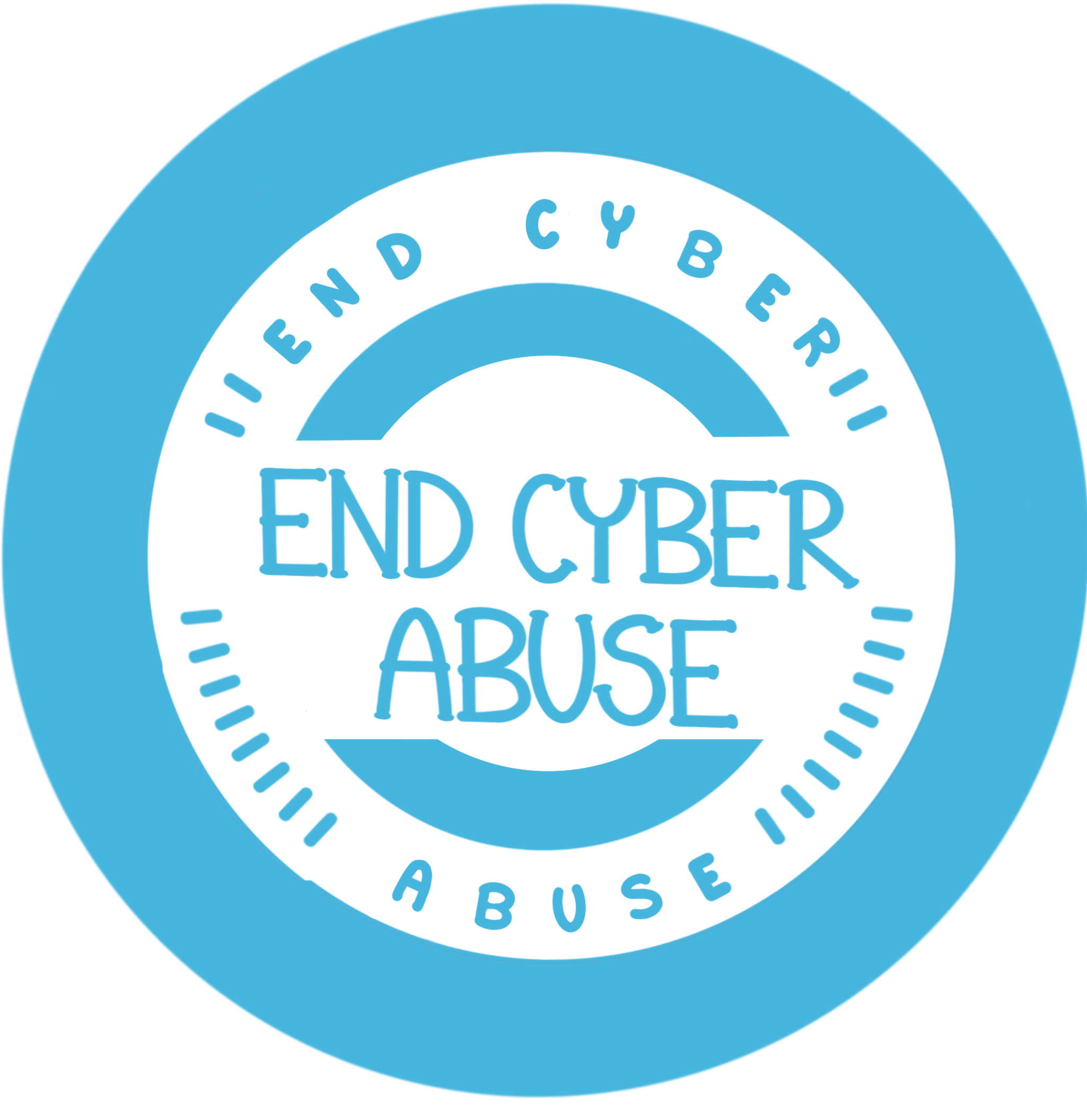Core Legislative Elements and Good Practices
Many countries have introduced criminal and civil laws in response to the growing problem of image-based sexual abuse. Below, we detail some of the core elements of these laws.
Criminal law on image-based sexual abuse
There are a variety of criminal laws that can address image-based sexual abuse, including laws on telecommunications and voyeurism, such as India’s Information Technology Act 2000 and the Philippines’ Anti-Photo and Video Voyeurism Act 2009, respectively.
However, a robust legal response to image-based sexual abuse requires clear and comprehensive criminal legislation designed to specifically tackle the issue
Images or videos of a sexual nature:
- The law should specifically define and prohibit the sharing and dissemination of an image or video of a sexual nature without the consent of the person depicted. For instance, in Canada, it is an offence to knowingly disseminate an intimate image of a person, knowing that the victim did not give consent or with recklessness as to the lack of consent. [s162(1) Criminal Code, as amended by the Protecting Canadians from Online Crime Act 2014]
- The law should be drafted to ensure that a broad range of sexually explicit images or videos potentially fall within its remit. Sexually explicit images or videos should be defined to show partial or full nudity, or images showing the victim engaged in sexual activity (even if they are fully clothed).
- Whether an image or video is sexually explicit should be determined by reference to what a reasonable person would consider to be sexual.
- ‘Selfies’ should be covered by any criminal law, as should an image or video that has been photoshopped or altered.
- However, in countries where pornography is banned altogether, victims are unlikely to come forward, fearing they may face arrest for consensually sharing an image deemed ‘pornographic.’ Banning pornography completely is not a viable solution to protecting victims’ rights in the face of image-based sexual abuse.

Shared without consent:
- A key component of the offence of image-based sexual abuse is that the victim has not consented to the distribution of the images or videos. The law should provide that the perpetrator knowingly or intentionally shared the image or video without the victim’s consent.
- A strong law also criminalizes the sharing of images or videos created consensually but shared without the victim’s consent.
- For instance, in Germany, it is an offence to knowingly distribute an image that was privately created with consent, but where disclosure to a third party is not authorised. [ S. 201(a) no. 4, Criminal Code (Germany) ]
- In France, the law requires that the victim’s consent to disclosure is specific, i.e. she must consent for the image(s) in question to be shared. [ Art. 226-2-1 French Criminal Code, as amended by Digital Republic Act 2016 ]
Intent, motivation, and threats to share:
- There should be no requirement for proof that the perpetrator had a specific intent, such as to cause the victim harm or distress. Such ‘intent’ can be difficult to prove and may limit the success of criminal prosecution. For example, in Japan, the Act on Preventing Non-Consensual Porn criminalizes the spreading of intimate images to a large group of people without consent -- but does not require a showing that the perpetrator has intended to harass or harm the victim.
- The law should also hold accountable corporations such as internet service providers or website operators that fail to promptly remove such images, such as the law in France. [ Art. 226-2-1 French Criminal Code, as amended by Digital Republic Act 2016 ]
- The failure of such corporations to take swift actions in cases of image-based sexual abuse can lead to images going viral and an escalation in the harassment and harm suffered by the victim. [ Clare McGlynn, Image Based Sexual Abuse, p. 5 ]
- The law should also criminalize the threat to share a sexual image or video without consent, such as the law in Arizona (USA).
Gender-based violence:
- Image-based sexual abuse is a form of gender-based violence and it is important that legal and policy responses address it as such to ensure connections are made between this and other forms of gender-based violence, and that responses meet the complex needs of victims. [ McGlynn and Rackley, p. 5 ]
- The law should make clear that image-based sexual abuse is a form of gender-based violence and not a communication offence.
Sentencing powers:
- The seriousness of the offence and its impact on victims should be reflected in the sentencing power afforded to judges, with jail time available in addition to the power to fine a perpetrator. For instance, in Idaho (USA), image-based sexual abuse is a felony, with a minimum five-year sentence and a fine of up to USD 10,000.
- Sentences may also be increased where there is an aggravating factor, for example where a perpetrator publishes a victim’s personal information alongside the image, or when it is a repeat offense, such as in Florida (USA).
Civil law on image-based sexual abuse
Civil law versus criminal law
Remedies
Generally, the victim in a civil case (the claimant) should be able to request :
(2) an order for ‘specific performance’; or
(3) an injunction against a defendant.
As with criminal law, a robust civil law response to image-based sexual abuse requires a law that is specific to the offence.
The alleged perpetrator (the defendant) may be either an individual or a corporation, such as an internet service provider or website operator. While not all jurisdictions have such laws, these remedies are a good practice for victims’ access to justice
- Financial damages: depending upon the jurisdiction, a civil court may order a defendant pays financial compensatory damages or punitive damages. Compensatory damages are measured in relation to the actual or potential harm the defendant’s actions have caused the claimant. For instance, if a victim is fired after a boss receives a sexually explicit image of them, they experience actual harm and a judge might award compensation for loss of earnings. Punitive damages, on the other hand, are awarded to punish the defendant and deter others from committing the offence. They are more common when a defendant’s conduct has been shown to be particularly outrageous.
- Specific performance: the court may order a defendant to carry out a stated action, for example that a website operator remove images from its platform.
- Injunction: the court may order a defendant to refrain from certain actions, for example that the defendant refrain from contacting the claimant, or stop posting sexual images online. Similarly, in some jurisdictions, the victim can obtain a restraining order against the perpetrator.
There are a range of existing laws under which a victim of image-based sexual abuse may seek to bring legal action, such as the torts of privacy or emotional distress, or copyright law. However, as none of these laws is specifically tailored to the complex nature of image-based sexual abuse, securing a successful outcome for the claimant may require the unacceptable distortion of the harm of the offence. Examples include:
Under the German Civil Code, a person enjoys the right to privacy, including of her sexual rights. Publishing an image of the victim without her consent would be an invasion of privacy, and the victim can request that published images are deleted or taken down. No negligence or intent by the defendant needs to be shown. If the pictures have already been published, or are at risk of being published or re-posted, a victim may be able to seek interim relief by injunction. The victim may also seek financial damages where her physical or mental health has been harmed by the defendant’s actions.
In Canada, victims can bring legal action against a website owner, requesting that they remove intimate images on the basis that it may infringe on copyright and data privacy protection, particularly in the case of selfies taken by the victim, where they retain the copyright.
Where sexual harassment is a civil offence, it may also cover image-based sexual abuse, such as in ‘Guidelines on Sexual Harassment’ published by the Bangladeshi Supreme Court.
Creating a victim-centered justice response to image-based sexual abuse
Access to legal and social services
A strong legislative response to image-based sexual abuse requires laws and policies that facilitate victims’ access to legal and social services. This might include the provision of free legal services for victims of gender-based violence who lack the means to retain their own legal counsel, including victims of image-based sexual abuse. Additionally, governments should allocate funding for necessary social services, such as counseling for the trauma experienced by victims; assistance in finding employment; housing and safe shelter; and accompaniment in navigating parallel justice systems, such as religious or customary legal systems, or justice systems within educational and employment institutions (e.g. a sexual harassment process in the workplace, where a victim may need to report the violation).
Training for law enforcement officers and court staff
A best practice justice system would also provide training for law enforcement officers and court staff on investigating and prosecuting cases of image-based sexual abuse. Training will help to mitigate the risk of victim-blaming questions from officers, and that victims of image-based sexual abuse are retraumatised by engaging in the justice system. Training can also ensure that officers treat sensitive images or videos shared by the victim with the sensitivity and privacy they deserve.
Anonymity
Victims of image-based sexual abuse should be given anonymity from the moment they make a complaint. This does not prevent them from being identified in other contexts, and the courts should be empowered to lift the anonymity in certain limited circumstances.
Data
It is crucial that justice systems gather and make public relevant disaggregated data on image-based sexual abuse, including how frequently it is reported, the number of successful prosecutions, and the sentence or remedy awarded in such cases. Collecting data on image-based sexual abuse is important for a number of reasons:
(1) it can be used to support advocacy for law and policy reform;
(2) it can support efforts to keep justice sector actors accountable;
(3) understanding more about perpetrators can inform prevention programs;
(4) data on image-based sexual abuse, and gender-based violence more generally, can empower survivors.
Knowing that image-based sexual abuse is an issue that impacts individuals all over the world can help victims understand that they are not alone, and may encourage survivors to report their cases and access essential services.


